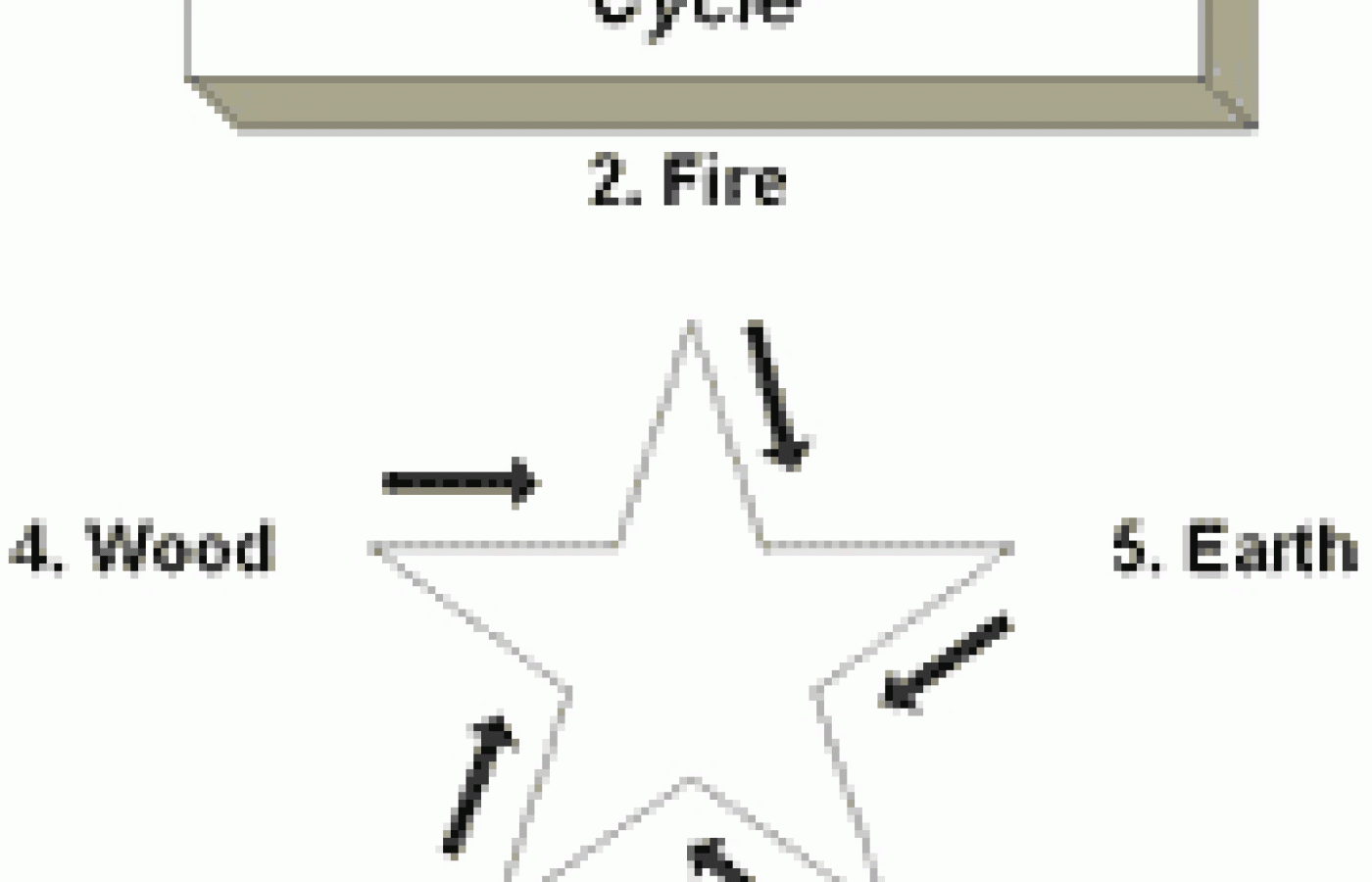Whether you accept it, avoid it or live somewhere in between, insurance coverage has become a defining issue for our profession. Patients increasingly expect to use their benefits, practitioners want to be compensated fairly for their time and expertise, and the system itself remains – at best – fragmented. The encouraging news is that coverage has expanded in meaningful ways. The challenging news is that reimbursement, across the board, remains inadequate.
Diagnosis and Treatment of the Night-Time Defensive Qi Cycle
his article continues the discovery of contemporary practical applications of classical Chinese medical methods. Presented is an interpretation of a pulse diagnostic method drawn from the Yellow Emperor's Classic of Internal Medicine which has proven useful for diagnosing the night-time defensive qi cycle.
The relationship of nutritive qi to defensive qi is a fundamental expression of yin and yang. It embodies the entire postnatal experience. TAnalysis of defensive qi flow is helpful for a variety of conditions including soft tissue problems, autoimmune disorders and depression. The primary source for this is taken from chapter 76 of the Ling Shu, "Defensive Qi Transformations."

Nutritive Qi Cycle
The diurnal nutritive qi cycle begins with the lung and runs through the channels. This cycle is the basis of many acupuncture systems. Nutritive cycle concepts include the organ clock system, which was further developed by French and Dutch acupuncturists. Nutritive cycle treatments also include the entry-exit systems so thoroughly explored by British authors Worsley and Mann.
Defensive Qi Cycle
On the topic of defensive qi flow, the Ling Shu states: "During the daytime, the defensive qi flows through the tai yang, the shao yang, the yang ming, and then returns through the yin." This is the daytime cycle. During the night, the defensive qi enters the kidney and travels along the controlling cycle, moving from the kidney, to the heart, to the lung, to the liver, to the spleen, and back to the kidney. It is the night-time cycle that is the topic of focus here (see figure one).
Pulse Diagnosis of the Night-Time Defensive Qi Flow
The night-time defensive qi flow is analyzed by touching the pulse positions superficially. First, use the standard locations and compare between the heart and kidney positions. Second, compare the heart and lung positions. Third, compare the lung and liver positions. Fourth, compare the liver and spleen positions. Fifth, compare the spleen and kidney positions. This method will provide an image of where the flow of qi is obstructed during the night-time flow of defensive qi (see figure two).
Treatment of the Night-Time Defensive Qi Flow
Needle the back shu points to clear defensive qi stagnation from the site of blockage. The qi will immediately flow more smoothly along the cycle. This can be confirmed by checking the pulse. Another effective method is to use the xi-cleft point on the channel where it is blocked. Again, re-examine the pulse to confirm efficacy.
Case Studies

Case one: A 47-year-old female complained of deep abdominal cramping, causing her to awaken frequently during the night. There was emotional tension at work. Her pulse was wiry, and her tongue was pink with a thin yellow coat. Abdominal palpation revealed the psoas as the essential muscle involved. The TCM diagnosis would be liver depression qi stagnation resulting in heat. Examination of the wei qi cycle revealed stagnation at the liver, causing a failure to transfer wei qi to the spleen. The use of the fire point on the liver channel, Liver 2, caused the pulse to even out, and the pain in the psoas to diminish.
The nutritive and defensive qi cycles as discussed in the Yellow Emperor's Classic hold deep wisdom for the understanding of disease processes. Through the pursuit of classical study, new possibilities can be created for traditional Oriental medicine. There is as much validity in the development of classical Chinese medicine now as there was when it was first developed. It is possible to call forth new developments in Chinese medicine by drawing from the deeper roots so as to nourish the branches of development.
This article is from an upcoming book called Neoclassical Pulse Diagnosis. It is the result of clinical application of classical passages.



